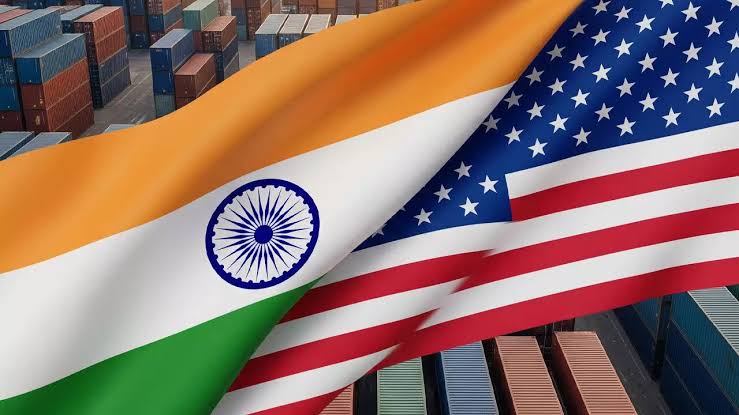The delegation of India and the US has completed the fifth round of talks for the proposed bilateral trade agreement (BTA) in Washington on 17 July. The dialogue lasted in Washington for four days (14–17 July). An official confirmed this and also said that the Indian team is returning to negotiate the next round.
Rajesh Agarwal, the chief negotiator of India and Special Secretary in the Department of Commerce, is leading the talks team.
Explain that these deliberations are important as the two sides are considering finalizing the interim trade agreement before August 1, which symbolizes the end of the period of the suspension of Trump Tariff on dozens of countries including India (26 percent).
On April 2 this year, US President Donald Trump announced these high mutual charges. The implementation of high fees was immediately postponed for 90 days till 90 days and then till 1 August as the US is negotiating trade agreements with many countries.
It is believed that issues related to agriculture and automobiles were discussed in the fifth round of talks. Non-market economies and methods of dealing with SCOMET (special chemicals, organisms, materials, equipment and technology) were also discussed.
India has tightened its stand on the US demand for concession in fees on agriculture and dairy products. In the free trade agreement in the dairy sector, India has not yet given any fee concession to any of its business partners. Some farmer organizations have urged the government not to include any issues related to agriculture in the trade agreement.
India is demanding the removal of this additional fee (26 percent). It is also demanding fee relaxation on steel and aluminum (50 percent) and auto (25 percent) areas. Against them, India has reserved its right to impose retaliation under the criteria of the World Trade Organization (WTO).
In the proposed trade agreement, the country is also demanding a fee concession for labor-dominated areas such as textiles, gems and jewelery, leather items, apparel, plastic, chemicals, shrimp, oilseeds, grapes and bananas.
On the other hand, the US wants some industrial items, automobiles, especially electric vehicles, wine, petrochemical products, agricultural commodities, dairy products, apples, tree nuts and fee concession on genetically modified crops.
The two countries want to complete interactions for the first phase of the proposed bilateral trade agreement (BTA) this year by autumn (September-October). Before that, they are also considering an interim trade agreement.
India’s goods export to the US increased by 22.8 percent to $ 25.51 billion in the April-June quarter of the current financial year, while imports increased by 11.68 percent to $ 12.86 billion.










